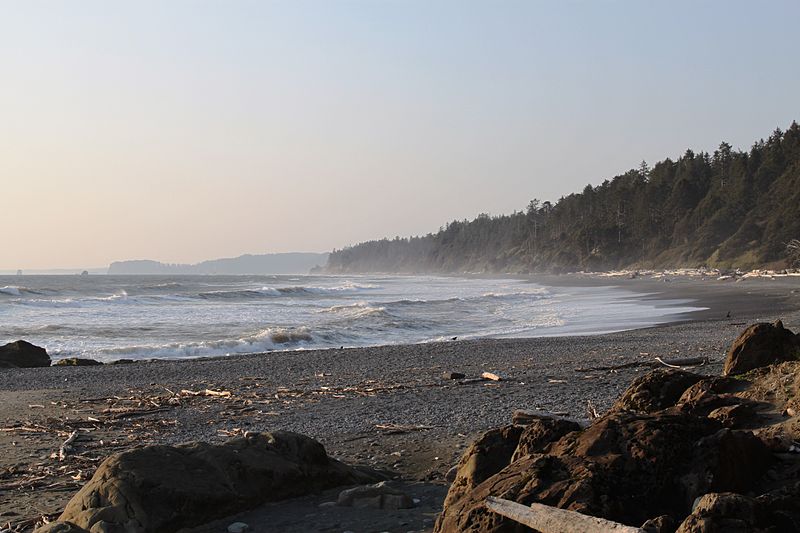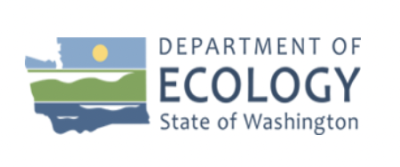Developing a marine spatial plan on Washington’s Pacific Coast


Photo attributed to John Murphy. Incorporated here under the Creative Commons Attribution-Share Alike 2.0 Generic license. No endorsement by licensor implied.
Posted by
Rachel GreggProject Summary
Washington State released a marine spatial plan (MSP) for its Pacific Coast in 2017. The process included compiling data, evaluating the marine ecosystem, and engaging stakeholders, and was guided by state law RCW 43.372. The law outlines key elements any marine management plan in the state must follow and requires such plans to address projected impacts of climate change, including sea level rise, on coastal and marine systems. An interagency State Ocean Caucus led the creation of the MSP. The Caucus was led by the Washington State Department of Ecology and included the Washington State Department of Natural Resources, Washington Sea Grant, Washington Department of Fish and Wildlife, and State Parks and Recreation Commission. Some key objectives of the planning process were to:
- Protect and preserve natural resource-based coastal activities;
- Sustain traditional uses and experiences to ensure continuity of coastal identity, culture, and high quality of life;
- Foster healthy and resilient marine ecosystem functions, biodiversity and habitats;
- Encourage sustainable uses without significant adverse environmental impacts;
- Protect working waterfronts, marine industry, shipping, aquaculture, and other water-dependent uses;
- Preserve public access;
- Integrate with existing regulatory structures; and
- Address the impacts of climate change.
Washington is examining the potential impacts of climate change through its work with NOAA Northwest Fisheries Science Center as it conducts Integrated Ecosystem Assessments (IEA) along the state’s Pacific Coast in the California Current. Through an IEA, NOAA studies the vulnerability of Washington’s marine ecosystems and the impacts of climate change on those ecosystems. Additionally, NOAA developed indicator models (e.g., abiotic, biotic, and human) for the state’s ecosystems and used climate-based scenarios to examine the impacts of climate change on these indicators. The information gathered from these assessments was used to integrate climate change in the final plan, including how climate change will affect ecological resources, human communities, marine and coastal livelihoods, and traditional and cultural uses of the marine environment. The plan includes requirements for proposals of new ocean and coastal uses, including assessing how the project may impact the environment and how climate change may affect the project (e.g., evaluate how a specific project is likely to perform in light of projected sea level rise before issuing a permit).
Citation
Thompson K, Morgan M. 2017. Developing a marine spatial plan on Washington’s Pacific Coast. [Summary of a project of the Washington State Ocean Caucus.] Retrieved from CAKE: www.cakex.org/case-studies/developing-marine-spatial-plan-washington’s-pacific-coast (Last updated May 2021)
Project Contact
Jennifer Hennessey
Ocean Policy Lead
[email protected]
